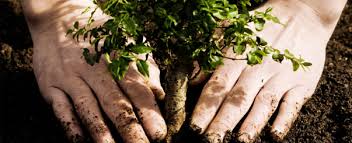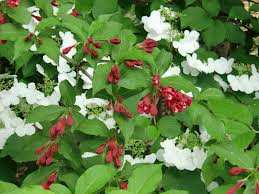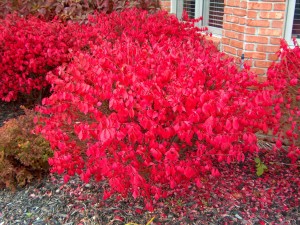Posts Tagged trees
Why Fall is the Best Time to Plant Trees and Shrubs
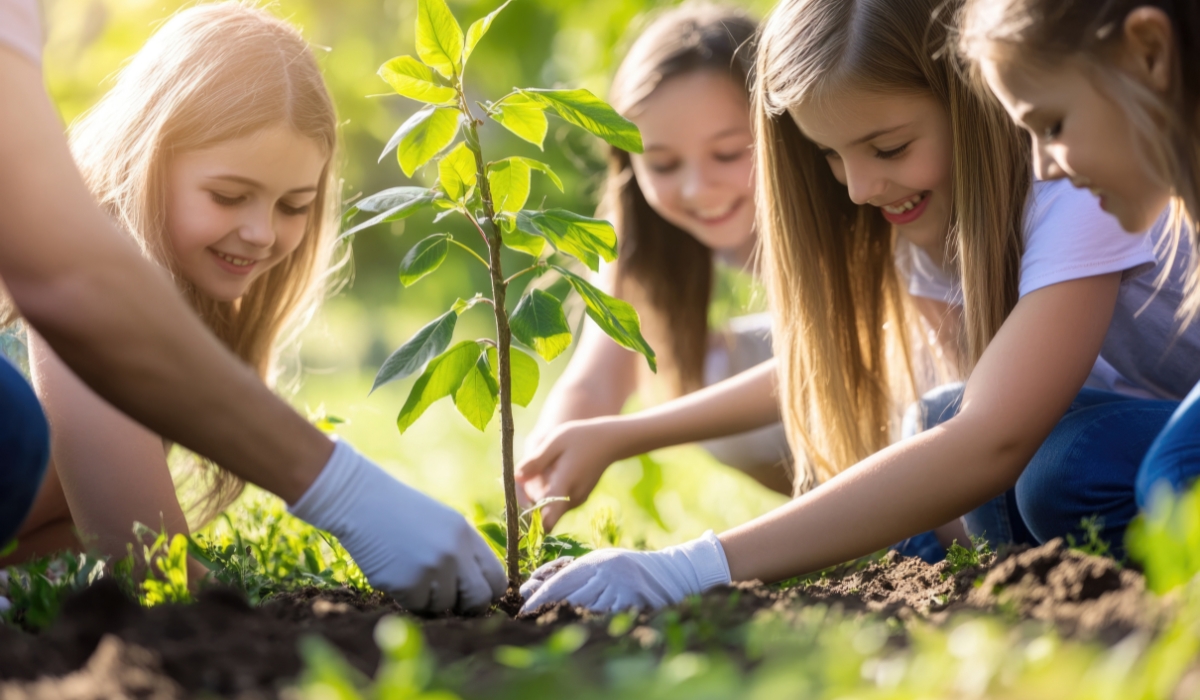
1. Cooler Temperatures, Less Stress
2. Warm Soil Promotes Root Growth
3. Less Watering Required
4. Fewer Pests and Diseases
5. Steps for Successful Fall Planting
- Choose the Right Plant: Select species and varieties that are well-suited to your region and site conditions.
- Dig Properly: Make the hole twice as wide as the root ball, but no deeper. Loosen the soil on the sides to encourage outward root growth.
- Plant at the Correct Depth: The top of the root ball should be level with the surrounding soil.
- Backfill and Water Well: Replace the soil, gently tamping it down to remove air pockets. Water thoroughly after planting.
- Mulch: Add a 2–3 inch layer of mulch around the base (but not against the trunk) to retain moisture and regulate soil temperature.
6. Plan for Ongoing Care
Trust Your Local Experts
Firewood: Harwood vs. Softwoods?

Nothing sets the holiday mood than having a brightly burning fire complete with crackling sounds and fixating flames, to not only warm your home but your soul as well. But not all wood is created equal. Creating a great fire relies on great firewood, and it makes the choice more difficult with so many options available.
When trees are first cut down, they are full of moisture. It’s important to understand that all firewood needs to be properly seasoned, which is to say that it needs to have low moisture content. Well seasoned firewood is easier to start, produces more heat, and burns cleaner.
What’s Better: Hardwoods or Softwoods?
Hardwoods are dense and pack more heat per volume of firewood. This is why they tend to be the best options for burning. The only con to hardwoods is that they are difficult to light. That’s why many people will use softwoods to get the fire going.
Softwoods are less dense and ignite quickly, but they don’t provide long-lasting heat and warmth. They give off soot and creosote which line your chimney, which is a source of chimney fires. Whenever possible, avoid using softwoods in your fireplace. They may be great around a campfire, but they are the last thing you want in your home chimney.
Hardwoods
- Oak: Oak is abundant in the U.S. and considered one of the best picks for firewood. When it’s dried properly, it will burn for hours and produce warm heat. The key is that it needs to be seasoned properly. Oak firewood should be aged in a dry area for at least six months. Oak is difficult to light, but once started, it will offer a long-burning fire.
- Hickory: Hickory can be difficult to split, but once you have this part covered, it burns just as beautifully as oak.
- Ash: Some argue that ash is the best firewood to burn. Ash splits easily and has a low moisture content, which is why people love it.
- Maple: Hard maple produces a slow-burning fire because it’s very dense and heavy. Soft maple is also a suitable choice for firewood. It’s easy to burn with no heavy smoke.
- Birch: Birch is an attractive choice for firewood because it gives off a lot of heat, but the drawback is that it burns quickly. If you find bundles of birch, you’ll probably notice that it’s cheaper than other woods. Just remember that you will burn through more of it, so it’s best to mix in birch with slow-burning firewood like oak.
- Apple: Apple trees aren’t just valued for their apples. They also produce great wood for burning since it has a pleasant smoky aroma and generates little smoke.
Softwoods
- Pine: Pine is readily available, especially because it seasons faster than other wood varieties, and it’s easier to split and light. Pine is a great wood to start a fire with, but it’s not the best to continue with. Pine burns very quickly and has sap pockets that can explode, causing creosote buildup in the chimney.
- Fir: Fir produces sparking just as pine does, but the older trees are easy to split and start. Fir firewood also gives off an ample amount of heat, although not as much as the hardwoods.
Let’s hear from you. What’s your favorite wood to burn?
Backyard Beauty On A Budget
Want to build the garden of your dreams, but don’t want to shell out your hard-earned dough? Creating a low-maintenance yard on a budget has its challenges, but there are many ways to meet them. Good planning, a little gardening knowledge, creativity and a willingness to think outside the window-box are all you need to make your yard an enjoyable oasis for family and visitors alike without breaking the bank. DK Landscaping is here to you a less-expensive way to make your yard a better place!
DEFINE YOUR SPACES
Clearly defining the space you need whether it be, dining area, cooking area, shady lounging area, play area can make a great impact on your yard. Doing this can be as inexpensive as repositioning the furniture and accessories you already have. You may also want to build or buy a storage shed to keep kids’ toys out of sight when not in use.
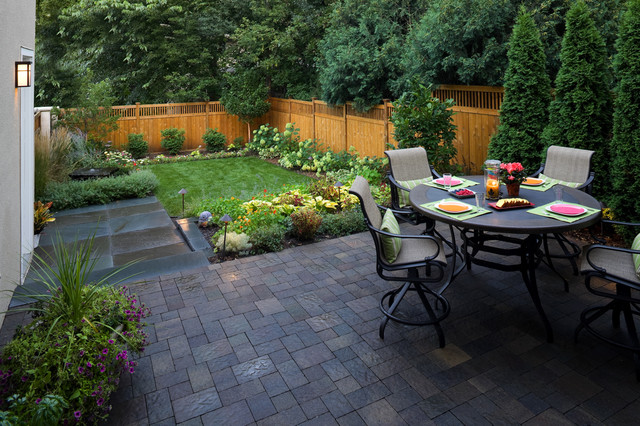
BUY TREES
If you have to spend money on the landscape spend it first on trees. you should always put trees in your landscape before anything else. It is worth a little extra money to get a good landscape tree. There are a lot of trash trees that will send up suckers, leave huge messes on your lawn, require hours of pruning, and die just as your landscape matures. For shade trees, named hybrid maples, oaks, and sycamores are almost always a safe bet. Avoid birches, most elms, poplars, and some ashes which grow fast, but are ultimately short-lived.
THINK VERTICALLY
If your backyard features a large, flat lawn, add some dimension by positioning boulders (available at landscaping supply stores) throughout the space. You might choose to arrange them individually or cluster a few together. Don’t be afraid to cut into the lawn to accommodate them and leave some space around for planting colorful perennials or small shrubs.
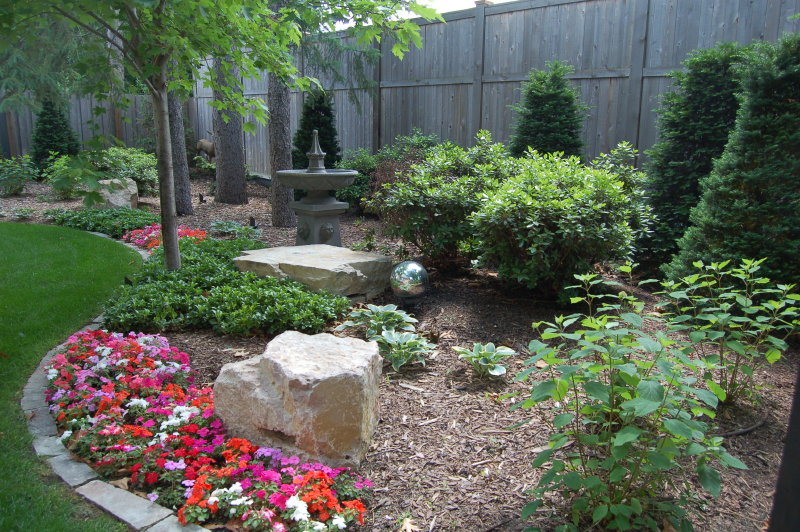
BUY PERENNIALS
As tempting as all those beautiful annuals are on the nursery shelves, think ahead. Every year you will need to replace them, as they die. This is one of the quickest ways to burn through a landscape budget. If you are willing to start annuals from seed (or any other plant for that matter) go for it! Just don’t buy them in a pot (or pony packs, or flats). Perennials on the other hand get bigger and more attractive year after year. A single $2, 4″ potted perennial can be a 8-foot mound of color within three years. The annual will be about the same size as the pot and will have cost three times as much.
TIP: Buy in the fall when perennials are on sale. Trees, shrubs and perennials are the bones of any garden. Unfortunately, they cost an arm and a leg at the beginning of spring and summer. Everyone thinks that you have to plant these at the beginning of the season. The reality is that they can also be planted in the fall when temperatures are cooler. The best part is that trees, shrubs and perennials go on sale at the end of the season, from anywhere between 5o to 75 percent off their regular price.
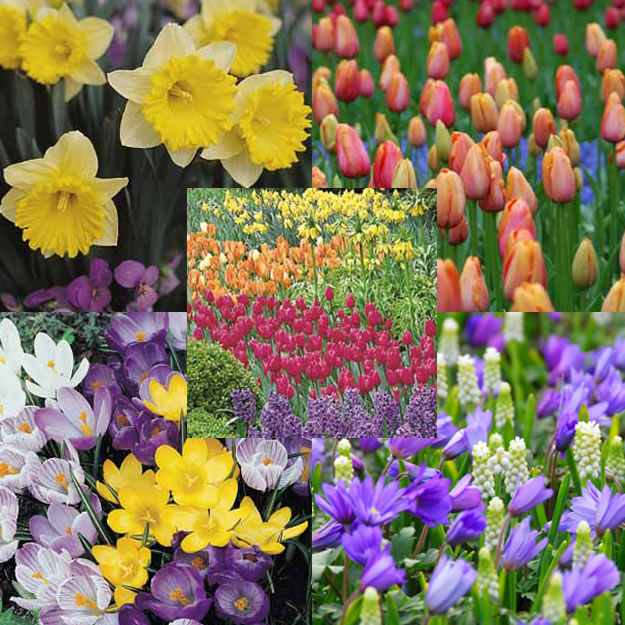
Freecycle and Craigslist
Check out Freecycle and Craigslist to find all manner of garden goodies. Everything from plant divisions to garden tools, pots, containers and even garden furniture often for deals during spring and summer.
You can easily start many plants from seed, get free divisions and cuttings from generous neighbors to help you save cash when planting your own garden. Hardscape goods are really expensive, but you can easily source them from other gardeners who are undergoing remodeling projects. Buying trees, shrubs and perennials at the right time of the year will earn you the biggest savings when landscaping your yard. Use these frugal gardening tips to help you easily landscape your yard into the verdant paradise of your dreams. If you’re interested in learning more about landscaping, consider contacting DK Landscaping for a free consultation (707) 280-3632. Serving the greater Sonoma County areas.
Surviving Winter Drought
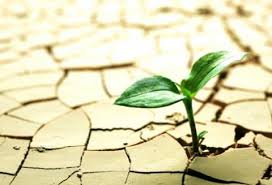
Since our “official” rainy season began October 2013, Sonoma County county has seen only two inches of rain bringing us the driest season that anyone can remember in the North Bay. This has resulted in another difficult growing season for farmers and gardeners. Many cities are already implementing water restrictions and encouraging citizens to voluntarily engage in water conservation.
So what can the home gardener do to use less water, enjoy the garden more, and help the environment? Here are DK Landscapings 10 easy tips:
1) Check for Leaks and Repair– Leaks can occur for many reasons and in many parts of watering systems. Review sites weekly for “weeping” valves, sprinklers, hose bibs, etc.
2) Choose Hand Watering – over automatic irrigation when possible. The more time you spend with the plants, the more they benefit from the attention, the sooner they establish, and the less water they need.
3) Avoid Runoff – To gauge the time to run off, turn on a sprinkler zone and track the time until water runoff begins. That is the amount of run time that should be entered into the controller followed by at least 30 minutes before the next cycle.
4) Inspect and Tune-Up your Sprinkler System Monthly – Adjust your sprinkler heads to prevent water draining off your lawn and down the gutter. Reduce sprinkler run-time, and don’t be a gutter flooder.
5) Get to Know Your Meter – Your water meter is an important conservation tool. It not only measures the amount of water you use, but can also tell you if there is a leak in your plumbing.
6) Incorporate Shrubs and Trees into the garden. Once established, these deep-rooted plants require far less water than shallow-rooted perennials and annuals.
7) Learn Soil/Plant Relationships – Landscape plantings need healthy soil to grow and thrive. The more healthy a plant is, the more stress it can tolerate. Knowing soil type will help with irrigation scheduling. Being able to identify plants will indicate how to best care for the landscape as a whole. In times of drought, reducing fertilizing and pruning can help plants survive with a reduced amount of water.
8) Water – between midnight and 6:00 a.m. to reduce water loss from evaporation and wind. Water your lawn and garden in 2 or 3 short cycles rather than one long one. Watering to a depth of 4″ to 6” will encourage deeper healthier roots and allow the plants to go without water for longer periods of time.
9) Reduce the size of water features (like a pond, stream, or water fountain) to conserve water while still attracting birds and wildlife.
10) Use a Broom, not a hose, to clean your driveway, deck, or patio. Washing a sidewalk or driveway with a hose uses about 50 gallons of water every 5 minutes.
DK Landscaping specializes in water conversation, water efficiency and water management and makes it a priority when serving our clients and our community every season of the year. It is a primary consideration in everything we do, from the selection of plants to the design of irrigation systems and the equipment choices we make.
Every drop matters, and each one of us counts.
Winter Trees
When comparing winter to the lush of spring, summer and fall colors, landscape in the winter can seem subdued. But don’t be too quick to dismiss the garden in the off season. Evergreens are a great and obvious choice to add to your landscape, but what about winter trees? Winter trees offer interesting bark, brightly colored berries, and interesting form and are filled with beautiful secrets of seasons past, as well as seasons to come.
Winter trees can add structure to the landscape and garden and some make excellent hedges and screens whilst others are ideal as statement specimens. From flowering cherries and crab apples to evergreen yews and weeping willows trees offer different leaf size, shape and color. Many have attractive flowers, fruits and seeds and there are those that flower magnificently in spring and those whose leaves offer brilliant autumn color just before leaf fall.
Here are DK Landscaping’s top ten list of trees we recommend planting in the winter.
1. Himalyan Birch (Betula utilis var. jacquemontii)
2. Silver Birch (Betula pendula)
3. Snowy Mespilus (Amerlanchier lamarckii)
4. Christmas berry ‘Red Robin’ (Photinia fraserii ‘Red Robin’)
5. Freeman’s Maple (Acer freemanii ‘Autumn Blaze’)
6. English oak (Quercus robur)
7. Pin oak (Quercus palustris)
8. Crab apple (Malus ‘Evereste’)
9. Crab apple (Malus ‘Rudolph’)
10. Vilmorin’s mountain ash (Sorbus vilmorinii)
By planting trees you can reduce or improve your carbon footprint and generally enhance the environment. Trees can transform an area by introducing welcome shade, protective shelter and wildlife and are an investment for future generations.
All trees require some support and protection such as stakes, tree ties and tree guards. Fertilizer can be added to the planting hole and mulch can be added after planting to preserve moisture and keep down weeds.
Newly planted trees do best when exposed to moderate temperatures and rainfall and they need time to root and acclimatize before the onset of summer heat or the harsher temperatures of winter. Container grown trees can be planted at any time of the year providing the soil / ground is not frozen or water logged.
Protecting Your Landscape From Frost Bite
The temperatures in Northern California are beginning to drop which means winter will be before us, before we know it. Night time temperatures that get down to freezing and below will damage some trees and plants if you don’t take precautions against frost. These low temperatures can begin late November and continue through February and beyond.
DK Landscaping helps you prepare your landscape and provides tips to protect your delicate plants from frost bite.
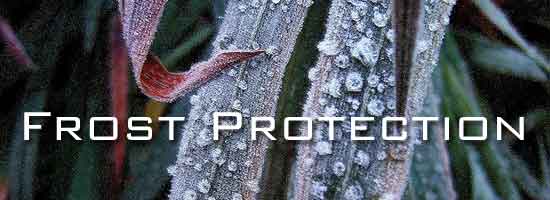
WINTERIZE
Fall is prime time to clean up your landscaping and remove the dead landscaping before it gets too cold. Removing dead plants can also stop the growth and spread of fungi that could infect your plants’ new growth in the spring.
PLANT
Planting trees and shrubs in the fall is a an optimal time before the first frost arrives and best time to take advantage on some great end of the season deals. Planting in the fall gives roots plenty of time to become established before the next growing season begins. Not only will you get to enjoy the changing leaves for a brief time, you will also put less stress on your young trees because of the cooler weather and rain conditions fall offers.
MULCH
Mulching can be a great first step in preparing for winter’s frost. If you are unfamiliar with mulching, check out our previous blog post called Mulch About Fall. There are many benefits to mulching your lawn and plants, especially before winter. Mulching in the fall can help protect your plant’s roots as well as help them retain moisture during the cold, dry winter.
Just a few preparations for winter can guarantee that your landscaping will come back fresher than ever in the spring.
For more information on the care of your landscape, please contact David or Kathy Lee from DK Landscaping (707) 280-3632.
Mulch About Fall

Did you know that mulching in the fall is just as important as it is in the spring and summer months? We mulch in the spring and summer months to suppress weeds, retain moisture and feed and warm the soil. However, when the temperatures begin to drop and the ground freezes, root systems can be exposed. The primary reason for winter mulching is to protect our plants from the harsh conditions of winter freezes, thaws and winds. Mulch acts as an insulator to balance the temperature creating a warm, heavy blanket of protection.
Neglecting to mulch in the fall can be damaging to your plants in the spring season. And the cost of mulching is nothing compared to the cost of replacing some of your favorite trees and shrubs. It also adds a beautiful aesthetic to your landscape in the winter months.
Using fall leaves as organic mulch is a great benefit to your landscape. They will break down over the course of the wintertime and create a layer of nutrients for your plants to draw from. Adding a layer of leaves over your perennials will help regulate soil temperature of the wintertime, as well as give new shoots a protective blanket as they enter the world in the spring.
DK Landscaping offers mulching installation in Sonoma County. Contact us for more information on the benefits of fall mulching (707) 280-3632.


